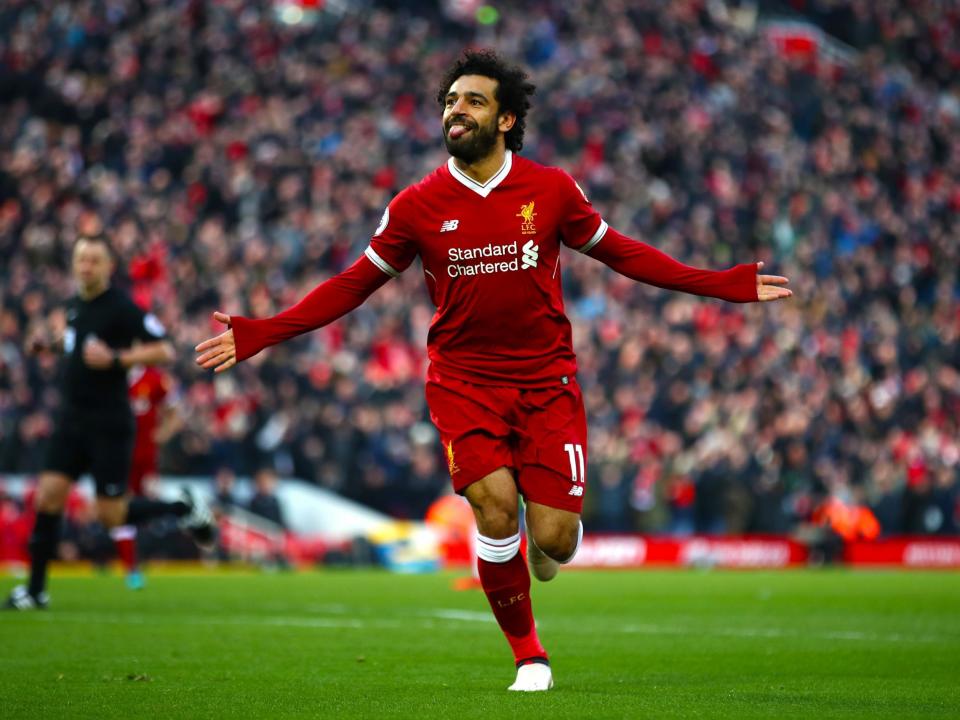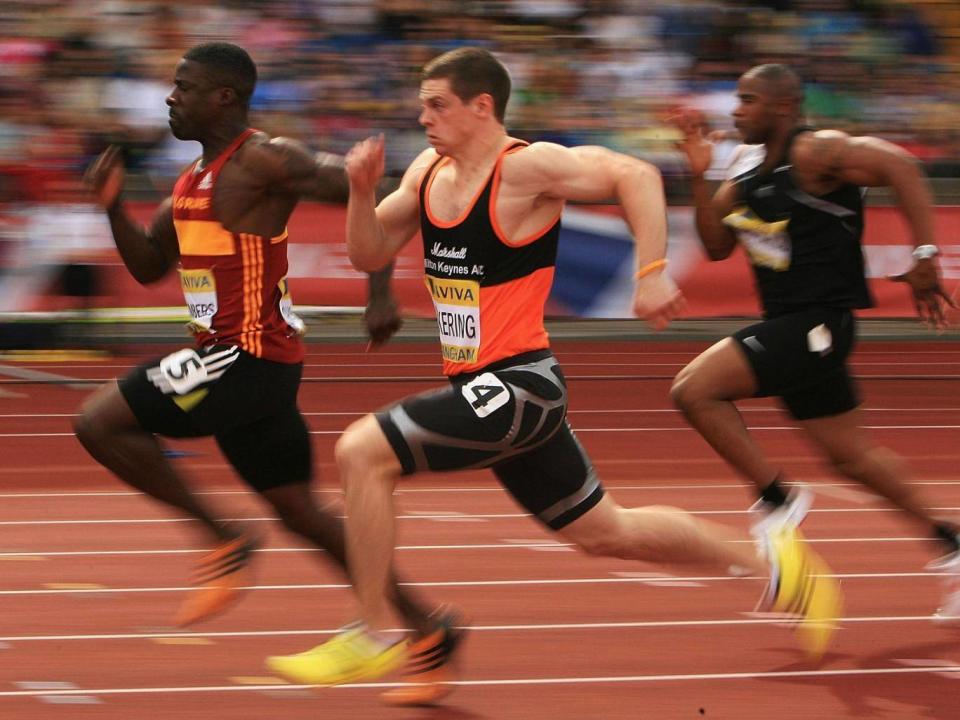Meet the former British Olympian using gene mapping to find the next Mo Salah

Egypt qualified for their first 2018 World Cup since 1990 late last year – and they’ll arrive in Russia in the knowledge that no stone has been left unturned in their bid to make an impact.
A partnership between the Egyptian FA and London-based science company DNAFit, will ensure that Mohamed Salah and his team-mates enjoy the best build-up possible to the 2018 tournament, with the players’ genetic make-up playing a key role in how individual training plans are uniquely tailored.
The relationship with Egyptian football originally began with a tie-in between DNAFit and Martin Jol, while he was manager of Cairo-based Al Ahly in 2016. Now the national team are utilising the kind of information that would have been unthinkably hard to gather just 15 years ago.
Craig Pickering, the former British sprinter, is head of Sports Science at DNAFit and he tells Independent Sport that the genetic detail unearthed on Salah and his team-mates can play a critical role in ensuring that when Egypt begin their World Cup campaign against Uruguay on June 15, they’re in the best shape imaginable.

“It’s a new area, we’ve only really had the ability to test people’s genetics properly for about 15 years and the cost of that has come down significantly in the past 10 years to make it more viable,” he says.
“Although we’ve known intuitively that genetics has a big role to play in who becomes an elite athlete, who responds to training and who doesn’t, we can now understand that a little bit better.
“We know which individual genes cause certain effects. For example, you can give two people exactly the same training plan and now we know which genes cause athlete A to show large improvements and which genes lead to athlete B showing smaller improvements.
“We know more or less, a decent amount of the genes which impact training adaptation – the next step is how we use that information to inform how we design training programmes or reduce injury rates.”

In the future, Pickering suggests that it will be possible to determine which individuals are more likely to be elite athletes before they’ve even set foot on a football pitch or running track.
But that is still some way off. What isn’t is the ability to provide athletes and coaches with detailed plans around nutrition and workouts which are likely to be best suited to an individuals genetic make-up.
“At some point in the future you could probably use genetic testing to work out the people who are more likely to be elite athletes but it would never be 100% accurate,” he says. "At the moment, we have various different panels which look at how well you respond to things like high intensity training, something like lifting heavy weights in the gym, for example.
“Or how well you respond to lower intensity training, which might be more moderate weights in the gyms. We can also look at how an athlete reacts to aerobic training, their recovery speed, their injury risk, various different aspects.

“The end goal is to try and find out what makes a person unique and then try and match that to some sort of intervention, whether that’s exercise, diet or lifestyle changes.”
Pickering uses the example of caffeine consumption as another example of how a risk to an athlete can be managed.
“I was genetically tested when I started here and the test showed that I was fairly sensitive to caffeine,” he says. “I used to feel a little bit unwell or shaky when I took it but other people would respond really well on the same dose. Caffeine is a product that’s widely used in sport so having that information gives you extra confidence to follow a particular training pathway in the future.
“Athletes can use the information to make a small change here or a small change there, in the hope that that can make a real difference to performance.”

DNAFit have worked with a number of top flight clubs in both the UK and Europe, as well as working alongside the likes of South African rugby great Bryan Habana. In a recent interview with Sports Pro, the DNAFit founder, Avi Lasarow, said that the company had developed a rugby genome database which included genetic information on rugby players from across the globe.
“...we can really grow to understand the sport like no one has ever been able to before,” he said.
Despite genetic testing being in its relatively early stages, Pickering is in no doubt that it represents the next leap forward in professional sport as teams and individuals constantly look for an edge over their rivals.
“A questionnaire came out a couple of months ago that showed that almost all athletes and coaches at the highest level in the UK believe that genetics players a roll in exercise performance,” he says.
“Only about a fifth of those have had a genetic test. Like anything, you get the early adopters then you have to wait a couple of years for everybody else to catch up.”
A successful World Cup for Egypt could hasten that process.

 Yahoo Sport
Yahoo Sport 





































